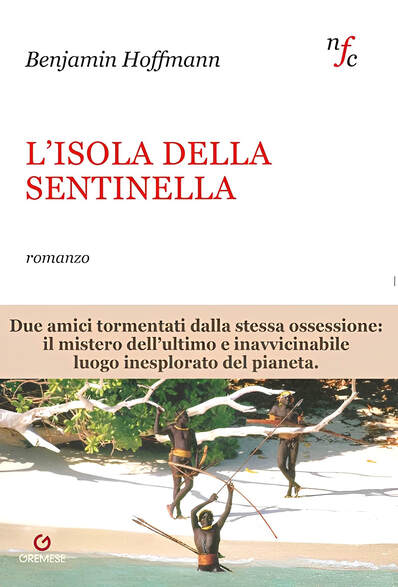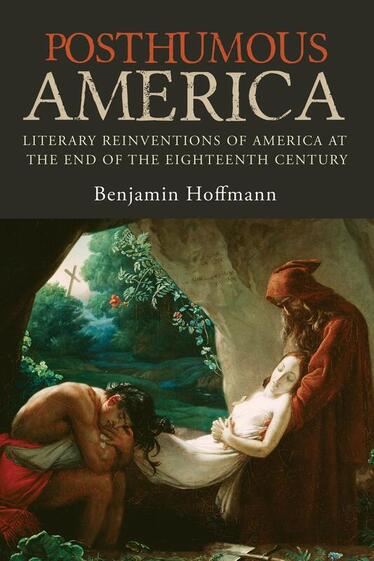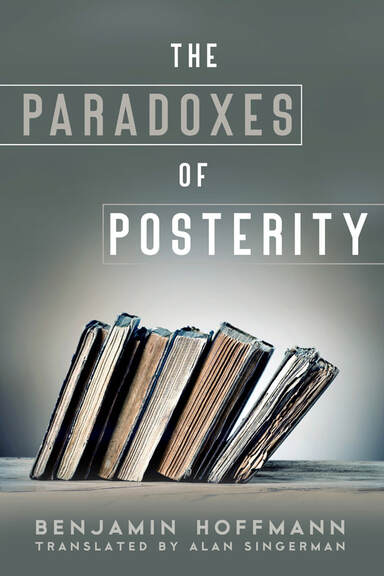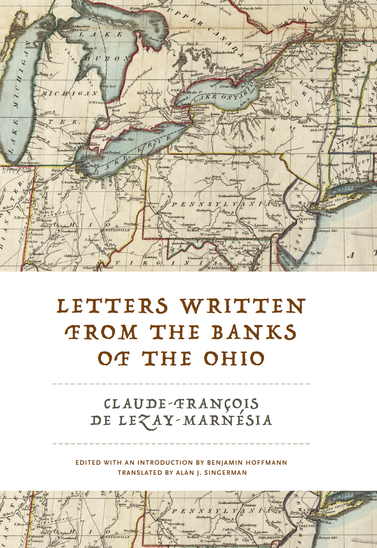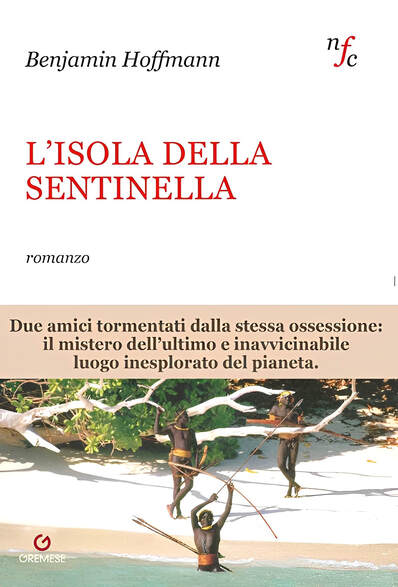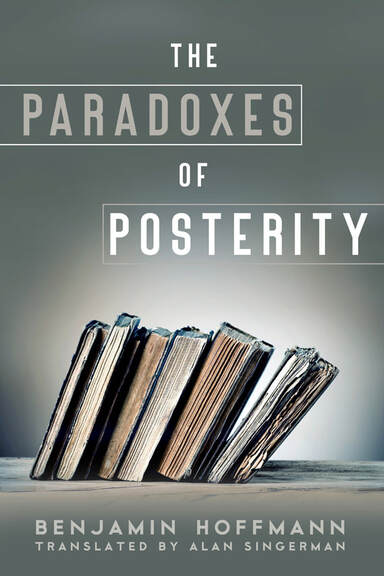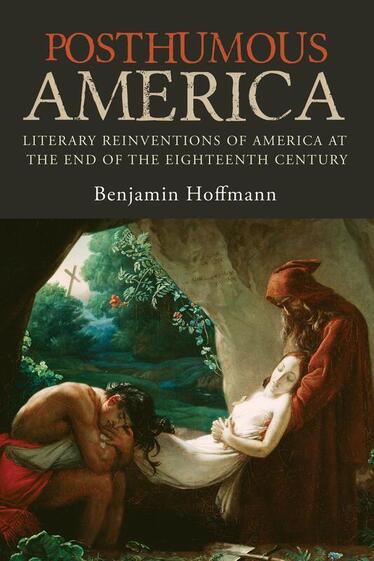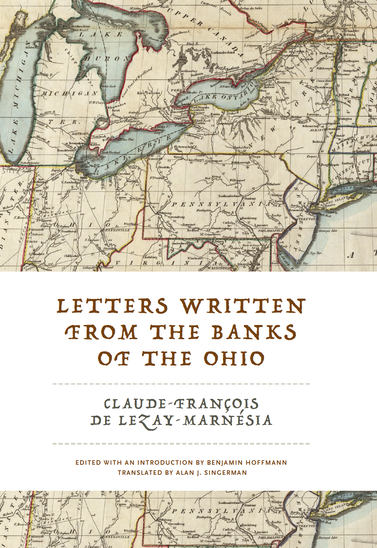Un romanzo che conferma la straordinaria capacità narrativa di un autore francese che in Francia e negli Stati Uniti, con la sua produzione letteraria, sta ammaliando un pubblico eterogeneo di lettori. Esce per Gremese, in Italia, l’ultimo lavoro di Benjamin Hoffman, L’isola della Sentinella: un mélange di noir, suspence, mistero, alla scoperta di un luogo inesplorato del pianeta, l’isola della Sentinella, situata a mille chilometri dalla costa dell’India, dove, sul finire del secolo, vive ancora l’ultimo popolo rimasto fuori dal mondo moderno, i Sentinellesi.
In addition to providing a fascinating examination of how writers such as Diderot, Casanova, and Sartre confronted the possibility of ‘writing from the grave,’ Hoffmann’s provocative and well-written book asks all writers to reflect on their own intentions (and personal mythmaking) when they themselves take up the pen.
Benjamin Hoffmann presents, with wonderful insight, a portrait of a young American nation by three French writers. The particular oddity of their perspective, hence the delightful originality of this work, is that what they depict in their various ways is a society and polity that they know to be no longer valid—for which Hoffmann coins the term of ‘posthumous’ narrative, sometimes tainted with nostalgia or outright fiction, in an already-archaic American landscape.
This book is a major addition to the fields of American studies and the history of political thought, and it will be welcomed by historians and political theorists alike. Benjamin Hoffmann’s erudite introduction offers a genuine tour de force in intellectual history that brings a significant contribution to an important ongoing debate on the image and role of America in the new world order. |
|
First published in French in 1792, Letters Written from the Banks of the Ohio tells the fascinating story of French aristocrat Claude-François de Lezay-Marnésia and the utopia he attempted to create in what is now Ohio.
Looking to build a perfect society based on what France might have become without the Revolution, Lezay-Marnésia bought more than twenty thousand acres of land along the banks of the Ohio River from the Scioto Company, which promised French aristocrats a fertile, conflict-free refuge. But hostilities between the U.S. Army and the Native American tribes who still lived on the land prevented the marquis from taking possession. Ruined and on the verge of madness, Lezay-Marnésia returned to France just as the Revolution was taking a more radical turn. He barely escaped the guillotine before dying a few years later in poverty and desperation. This edition of the Letters, introduced and edited by Benjamin Hoffmann and superbly translated by Alan J. Singerman, presents the work for the first time since the beginning of the nineteenth century—and the first time ever in English. The volume features a rich collection of supplementary documents, including texts by Lezay-Marnésia’s son, Albert de Lezay-Marnésia, and the American novelist Hugh Henry Brackenridge. This fresh perspective on the young United States as it was represented in French literature casts new light on a captivating and tumultuous period in the history of two nations. |
